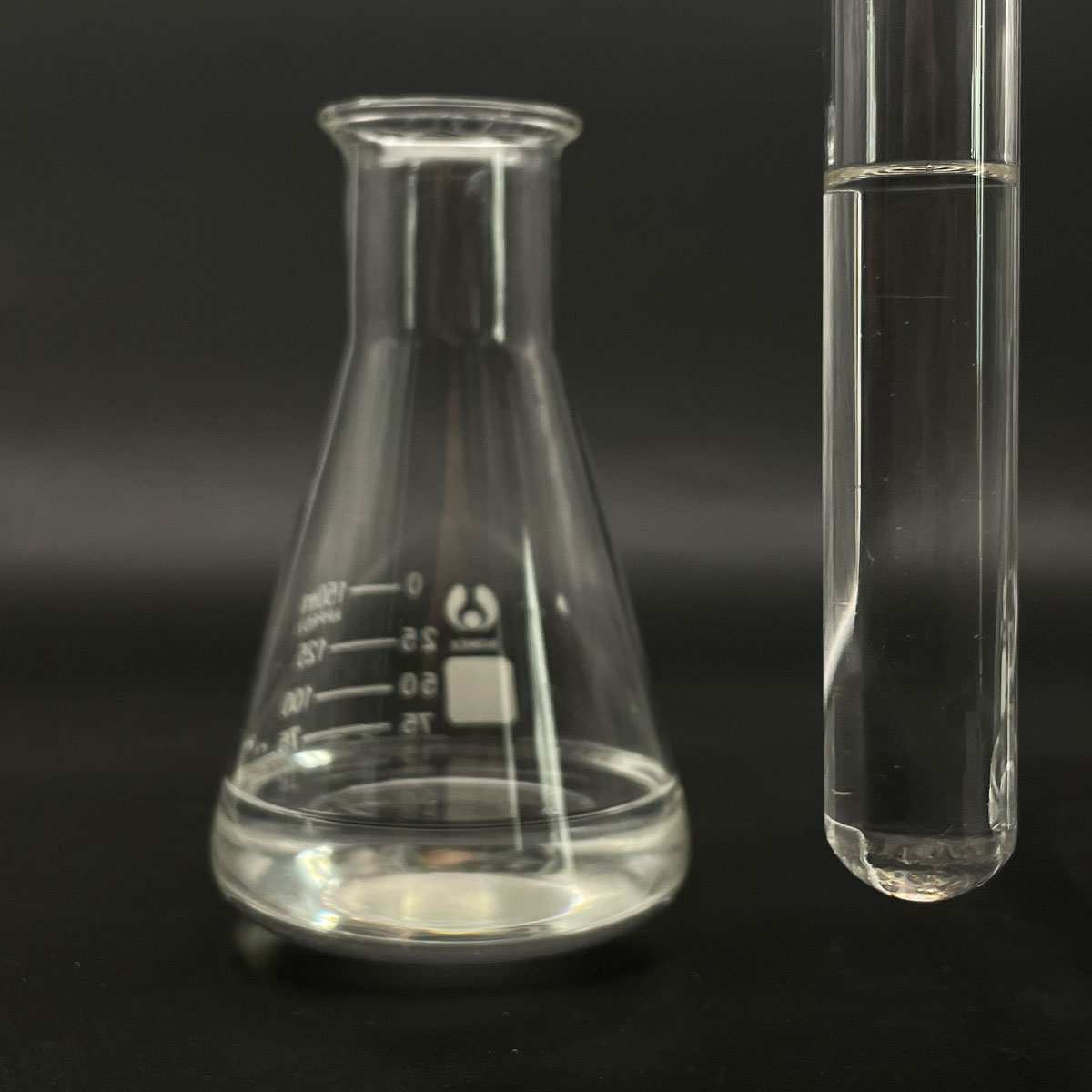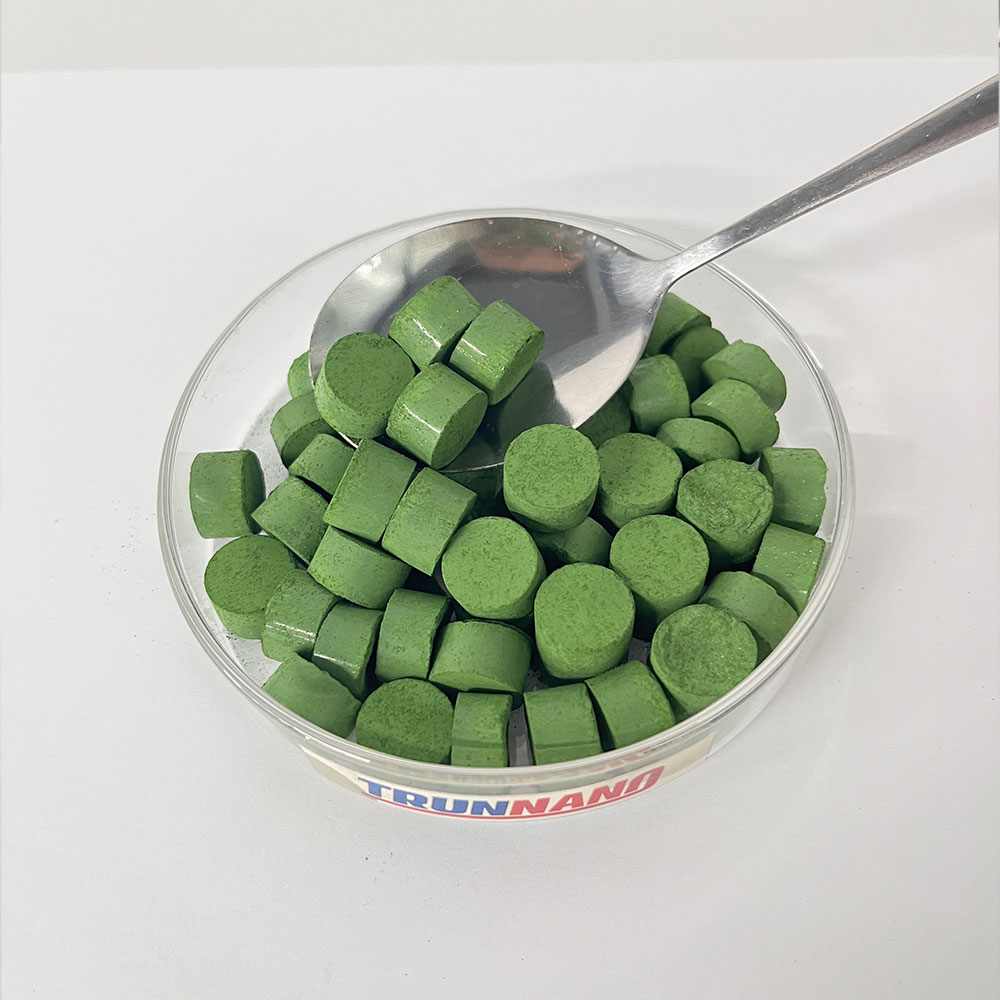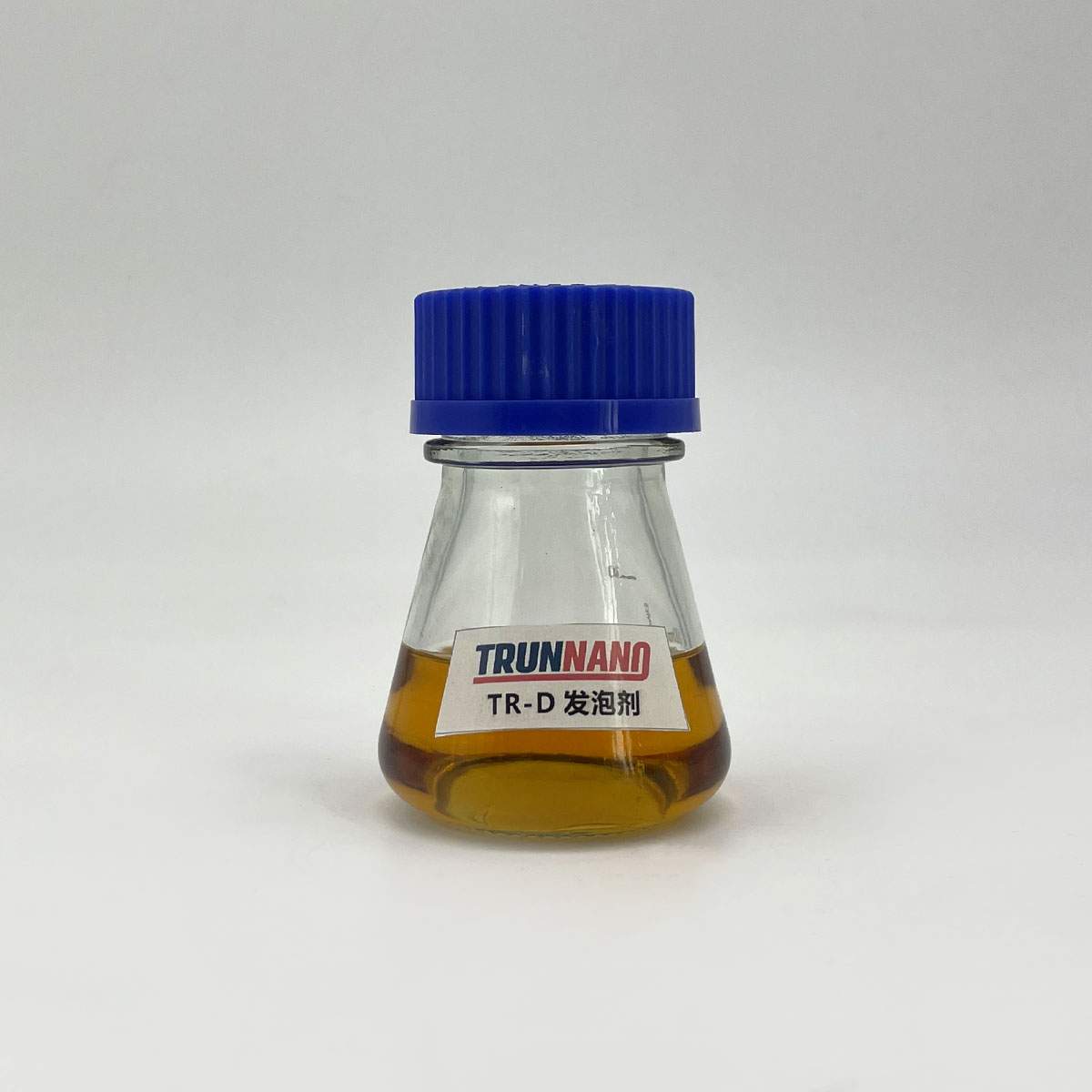Overview of professional tin selenide SnSe CAS 1315-06-6
Telluride and selenide compounds play a significant role in the field of semiconductors, particularly in the development of advanced electronic and optoelectronic devices. These materials belong to the chalcogenide family, characterized by their ability to form compounds with elements from groups IV-VI in the periodic table.
Tellurides: Compounds containing tellurium (Te) as the chalcogen. Examples include cadmium telluride (CdTe), mercury telluride (HgTe), and zinc telluride (ZnTe). These materials have found applications in solar cells, infrared detectors, and high-speed electronics due to their tunable bandgap, high electron mobility, and good thermal stability.
Selenides: Similar to tellurides, but with selenium (Se) replacing tellurium. Notable examples are cadmium selenide (CdSe), gallium selenide (GaSe), and zinc selenide (ZnSe). Selenide compounds are widely used in light-emitting diodes (LEDs), laser diodes, and solar cells due to their direct bandgap properties and efficient light absorption/emission capabilities.
Feature of professional tin selenide SnSe CAS 1315-06-6
Direct Bandgap: Many telluride and selenide semiconductors have direct bandgaps, which facilitate efficient light emission and absorption processes. This makes them suitable for optoelectronic applications such as LEDs and lasers.
Tunable Bandgap: The bandgap of these materials can be adjusted by alloying or altering the composition (e.g., CdSe to CdTe), enabling customization for specific device requirements across a wide spectrum of wavelengths.
High Electron Mobility: Materials like HgCdTe exhibit high electron mobility, which is crucial for high-speed electronic devices and low-noise detector applications.
Thermal Stability: Some tellurides and selenides, like ZnTe and ZnSe, demonstrate good thermal stability, making them suitable for high-temperature operation and processing.
Non-Toxic Alternatives: With increasing environmental concerns, there’s a push towards exploring less toxic alternatives to commonly used semiconductors. For instance, Cd-based tellurides and selenides are being replaced or combined with less toxic elements like Mg or Mn in some applications.

(professional tin selenide SnSe CAS 1315-06-6)
Parameters of professional tin selenide SnSe CAS 1315-06-6
Tin selenide, also known by its chemical formula SnSe, is an inorganic compound with the CAS number 1315-06-6. It belongs to the group of chalcogenides, specifically a binary compound formed by tin (Sn) and selenium (Se). This material holds significant interest due to its unique properties and potential applications across various scientific disciplines.
SnSe is a semiconductor with a zinc blende crystal structure, which is a common arrangement for binary compounds composed of elements from Group 14 (carbon, silicon, germanium, tin, and lead) and Group 16 (chalcogens: oxygen, sulfur, selenium, tellurium, and polonium). The combination of these elements results in a compound that exhibits both metallic and non-metallic characteristics, making it suitable for diverse electronic applications.
One of the most notable features of tin selenide is its direct bandgap, typically ranging between 0.7 and 1.2 electron volts (eV), depending on the crystal structure and preparation method. This makes SnSe a promising candidate for optoelectronic devices, such as photodetectors, solar cells, and light-emitting diodes (LEDs), as it can efficiently absorb and emit light at specific wavelengths.
The material’s thermal stability is another advantage. Tin selenide has a melting point of around 900°C, which is relatively high for a chalcogenide, allowing it to withstand elevated temperatures without degrading. This property is crucial for applications where thermal robustness is essential, such as in high-temperature electronics or thermoelectric generators.
Thermoelectric materials, including SnSe, convert temperature differences into electrical voltage, making them attractive for waste heat recovery and efficient power generation. Tin selenide has shown promising figures of merit (ZT), which is a measure of a material’s thermoelectric efficiency, indicating its potential for practical applications in this field.
In addition to its electronic and thermoelectric properties, tin selenide has recently gained attention for its potential use in catalysis. It has been found to be an effective catalyst for certain chemical reactions, particularly in the hydrogen evolution reaction (HER), a key process in water splitting for renewable energy production. Its ability to modulate electronic properties through doping or surface modification could further enhance its catalytic performance.
However, despite these advantages, tin selenide faces challenges in large-scale commercialization. The synthesis methods, such as vapor-phase growth or solid-state reactions, can result in impurities, affecting the material’s properties. Research is ongoing to optimize synthesis techniques and improve the purity of SnSe to unlock its full potential.
In summary, tin selenide (SnSe) with the CAS number 1315-06-6 is a versatile semiconductor with a zinc blende structure that exhibits unique electronic, thermoelectric, and even catalytic properties. Its direct bandgap, thermal stability, and promising performance in various applications make it a subject of intense investigation and development. As research progresses, tin selenide holds the potential to revolutionize technologies in areas such as solar energy, waste heat management, and catalysis, contributing to a more sustainable future.

(professional tin selenide SnSe CAS 1315-06-6)
FAQ of Semiconductor Materials
Inquiry us






